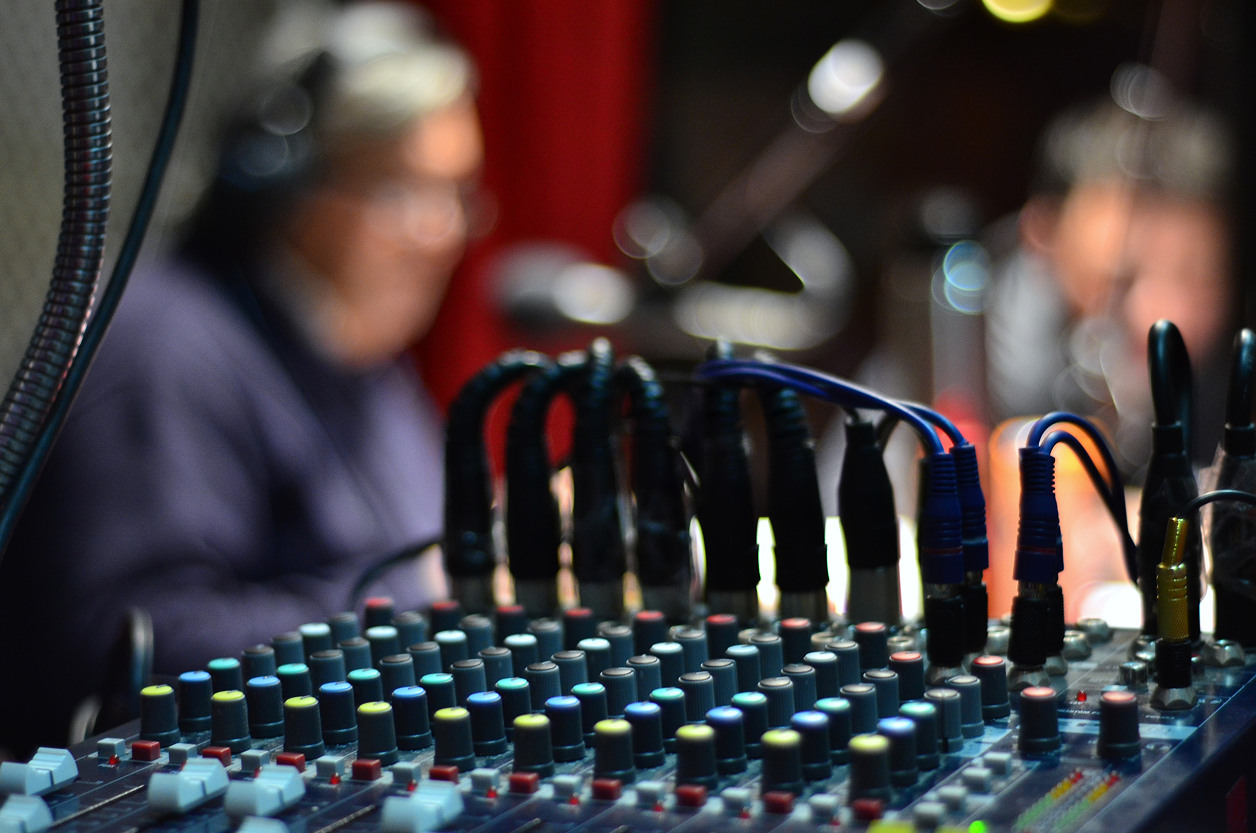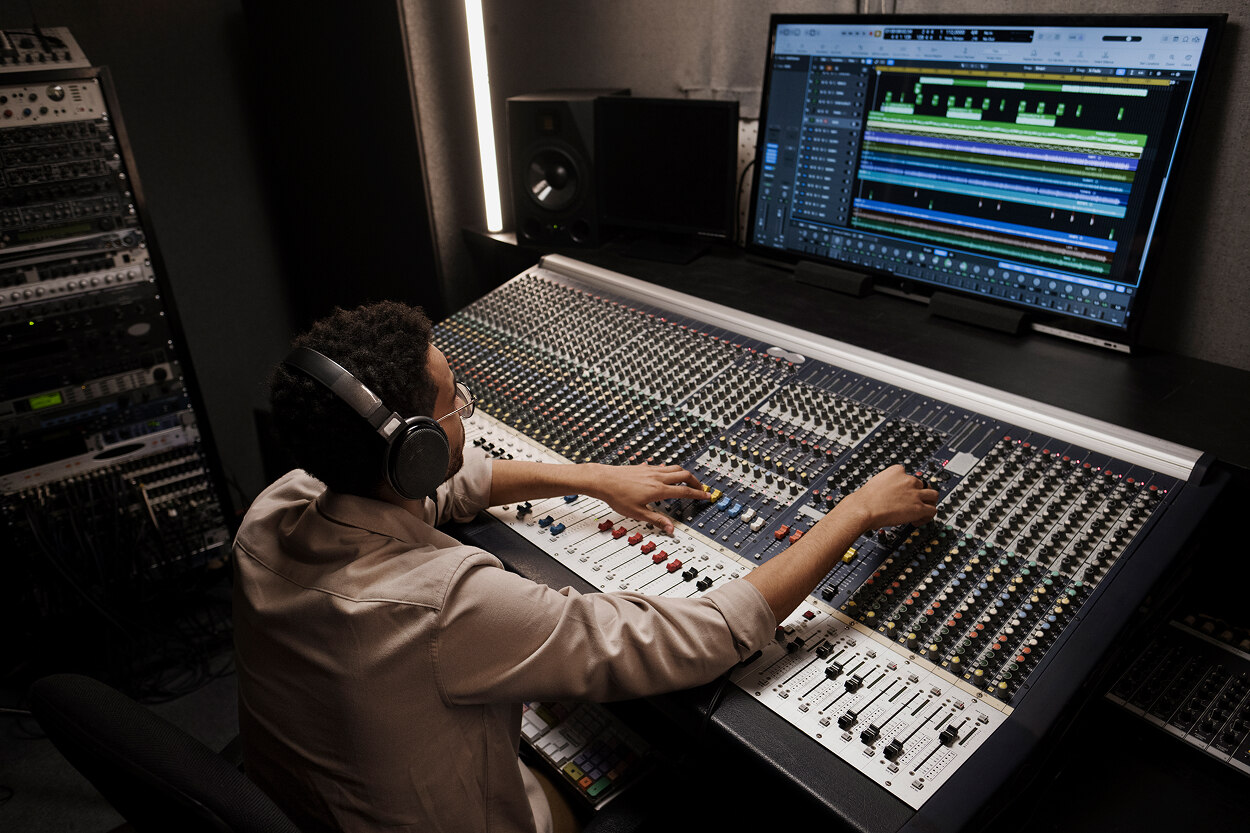Ingest, QA, Encoder Integration: Who Owns the Workflow in Modern Broadcast Projects?

In the traditional broadcast world, system architecture followed well-worn paths: cameras fed into SDI routers, ingest was linear, encoders were proprietary, and quality control happened in fixed locations. But today’s IP-based video infrastructure, cloud workflows, and hybrid studio environments have disrupted this structure entirely.
So the key question for media companies and vendors becomes: who is responsible for ingest, QA, and encoder integration in the new broadcast architecture?
This article explores how these roles are shifting — and why integrators, hardware vendors, and engineering service providers now play a larger part than ever before.
What Does "Ingest" Really Mean in 2025?
Ingest used to mean bringing content into a fixed facility from tape, satellite, or SDI feeds. Now, ingest might include:
- Capturing IP feeds from multiple formats (ST 2110, NDI, SRT)
- Accepting camera streams over bonded cellular networks
- Pulling video from remote collaborators via cloud gateways
- Recording live shows directly to cloud storage with metadata
This complexity creates new technical demands — especially in parsing protocols, synchronizing timing, and ensuring signal integrity.
Integration challenge:
Not all IP feeds are equal. Some need transcoding, others require format normalization or metadata enrichment. The ingest point must be flexible, protocol-aware, and cloud-capable. This is where custom embedded solutions, FPGA-based accelerators, or hybrid hardware/software tools become crucial.
Where Does QA Infrastructure Belong?
In traditional broadcast setups, QA — including waveform analysis, loudness monitoring, and frame sync — happened in well-defined places, such as master control rooms or post facilities.
Today, QA tasks are distributed across:
- Edge devices (e.g., cameras with built-in diagnostics)
- Encoder gateways (real-time analysis before compression)
- Playout systems (ensuring stream integrity and compliance)
- Cloud workflows (automated QC using AI models)
The challenge is not only implementing QA but orchestrating it consistently across these different layers.
Engineering insight:
Vendors building QA infrastructure today often rely on embedded Linux systems, FPGA accelerators, or AI-based monitoring layers. At Promwad, for instance, we’ve helped clients build lightweight QC modules that integrate with open-source AV frameworks (GStreamer, FFmpeg) and communicate with cloud-based MAM systems.
Encoder Integration: The Real Bottleneck?
As the market shifts toward software-defined video platforms, encoders are no longer just hardware appliances. They’re services — containerized, deployed on-prem or in the cloud, and deeply integrated with video asset management, ad insertion, or CDN logic.
But integrating these encoder services into ingest and playout chains remains one of the most common pain points in broadcast projects.
Common challenges include:
- API fragmentation (each encoder platform has its quirks)
- Timing mismatches between input formats and encoding engines
- Handling HDR, multiple audio tracks, or alternate language feeds
- Real-time preview and control panel integration
So Who Owns the Pipeline Now?
More often than not, no single vendor or department owns the entire ingest → QA → encoding pipeline. Instead, we see three common patterns:
- Systems integrators take the lead in high-budget, custom builds
- Broadcasters rely on in-house DevOps and seek modular tools to assemble the chain
- Embedded engineering partners fill the gaps — especially where AV signal processing meets hardware design
This last group is where companies like Promwad come in: building FPGA-powered encoder pipelines, designing real-time monitoring systems, or enabling signal capture modules on custom boards for cameras, OB vans, or studio gear.

Case Example: Modular Encoder-QA Gateway for Cloud Broadcast
A recent Promwad client needed to unify video ingest from remote studios, perform real-time quality checks, and deliver the feeds to a cloud-based encoder stack (AWS MediaLive + Elemental Link). We designed a compact Linux-based device with:
- ST 2110/NDI input capture
- Embedded QA logic (frame drops, loudness, color space)
- Secure upload to AWS with fallback logic
- Local preview via touchscreen for on-site operators
The solution reduced integration costs by 30% and shortened onboarding of new contributors from 2 weeks to 3 days.
Final Takeaway
In modern broadcast workflows, ingest, QA, and encoding are no longer standalone departments. They’re interlinked systems that require:
- Precise hardware/software integration
- Familiarity with open media protocols
- Adaptability across cloud and on-prem infrastructure
If you’re planning a next-gen broadcast project, it’s worth asking: are your integration partners fluent in both video protocols and embedded platforms? Can they build, not just configure?
At Promwad, we work with broadcasters, equipment vendors, and video startups to fill those gaps — building custom ingest, QA, and encoder systems tailored to your infrastructure. Whether you need edge devices, FPGA design, or embedded Linux applications, we’re ready to help.
Let’s make your broadcast pipeline smarter, leaner, and future-ready.
Our Case Studies
